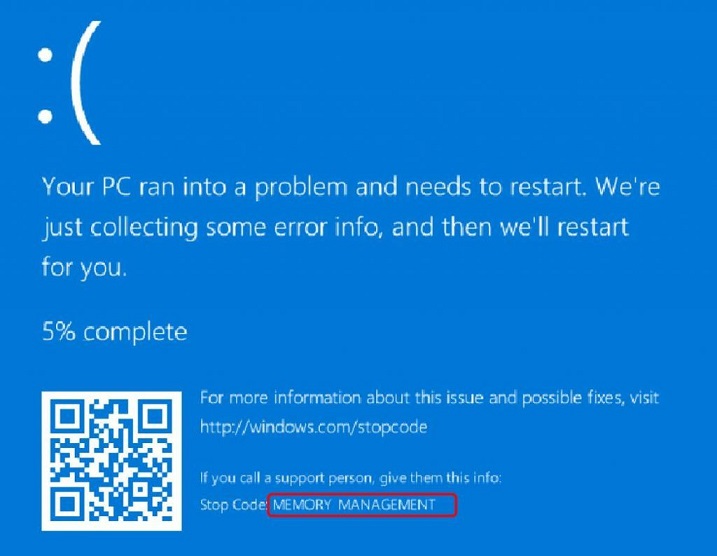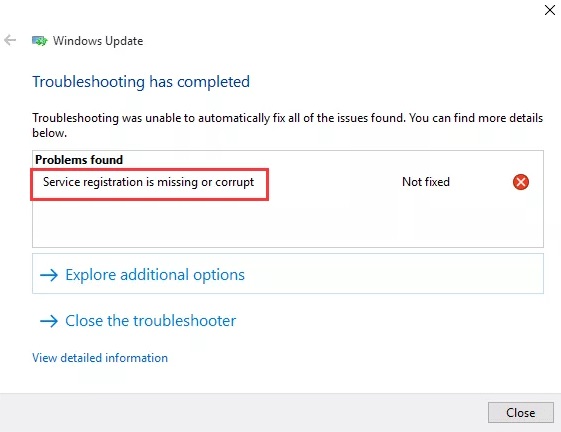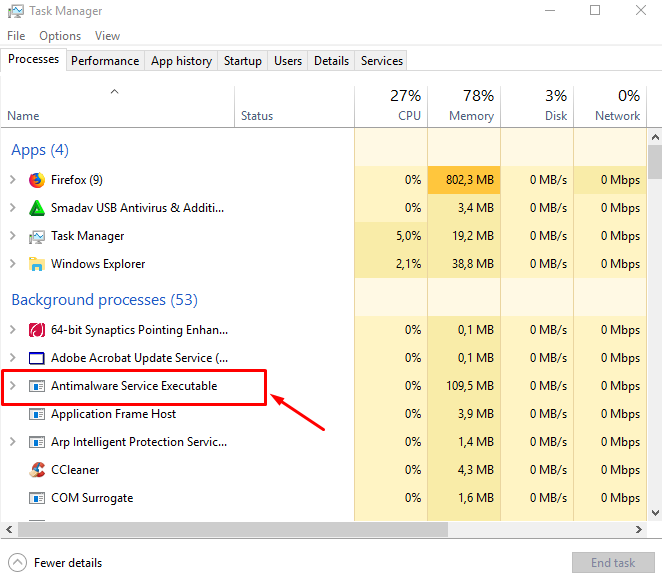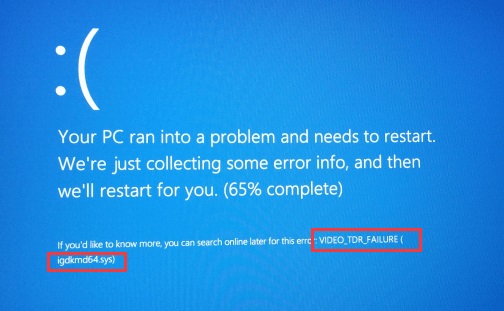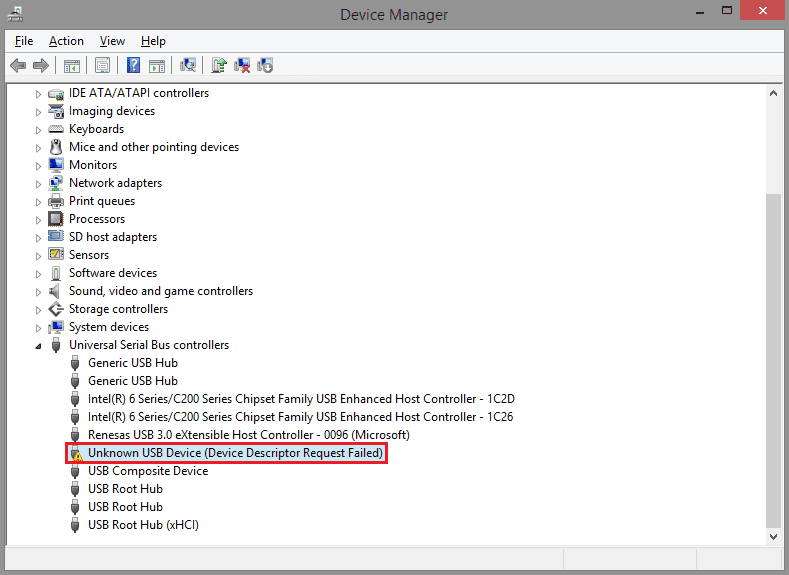Service Host SuperFetch is considered to be one of the best aids available in the market for optimizing the performance of Windows OS in respective PC by making some sort of improvements in the hard drives of the systems.
However, if the user is ignorant towards the basics knowledge of Windows service host SuperFetch. Then, he may suffer from various system bugs and performance errors. This may lead to lawful user experience with the user of Solid State Drives (SSD) in their systems.
Contents
What is Service Host SuperFetch?
Initially, SuperFetch was launched in assistance with the Windows OS running on it’s Vista version. It is considered to be a successor of PreFetch. SuperFetch helps the system to improve its performance by rendering various commands. And also by making an analysis of it’s RAM memory.
One of the major attractions of Service Host SuperFetch is that it reduces the booting time of several applications. However, a user who is already using SSD drives in their systems might not be able to feel that much of improvements. Despite taking the use of Service Host SuperFetch.
What Gone Wrong With Service Host SuperFetch?
Since Service Host SuperFetch is designed in a way that keeps it running in the background. Thus, it starts occupying a constant space in the storage memory. Thereby leading the user to sometimes feels slowdown errors.
One may also feel that their Windows booting time has also increased. If the user is trying to play high-end games in their systems with ultimate rich graphics, then the Service Host SuperFetch overlay might starts giving hikes to the CPU and the RAM memory in order to fix bugs of the games arising out of the internet connectivity.
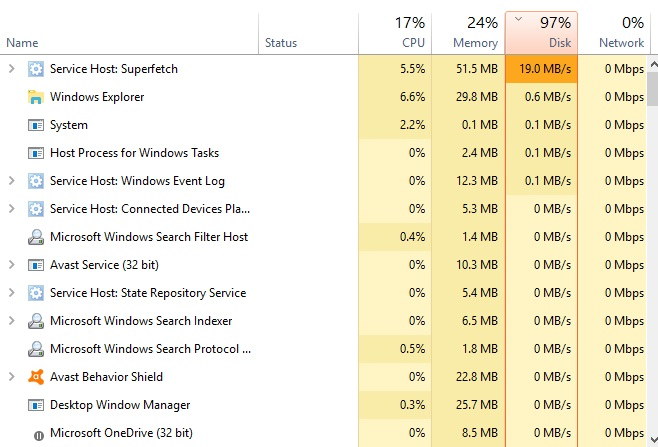
This automatic bug fixing nature of the Service Host SuperFetch may make the user gaming experience unrich. The gaming frame rates will also start dropping. Miscellaneous junk files, including continuously rising cache memory in the junk folder, will also experience a sudden boost.
Thereby creating difficulty for the users to operate their systems smoothly. If you have RAM in your system, which is less than 4GB, then you’re more prone to experience the side effects of Service Host SuperFetch.
Read Also:
SuperFetch is considered one of the most suitable software whenever it is operated along with appreciable RAM memory.
If the user is not having sufficient storage in their RAM of the system, then, Service Host SuperFetch will continue to crash with different other applications, and it’s own parent folder as well.
This might create an annoying situation where the user can also witness playback errors and fall in the frame drops of their display.
How to Find the Root Cause of Service Host SuperFetch
Its considered a difficult job to find the root cause of Service Host SuperFetch that’s hampering the user performance. One may also get confused after opening the task manager which application is affecting the parent Folder of Service Host SuperFetch.
Its considered to be generic, which automatically gets collected under the head “Service Hosts.” Managing Excel files under this service host is considered to be very problematic as the parent folders of both the files crash often.
In order to find the service errors with no much difficulty, one may try to navigate through the vast list of various service hosts to find SuperFetch there. And it will redirect the user automatically to the root cause of the service host. It’ll be responsible for hampering and slowing down the performance of the user.
How to Disable SuperFetch
Disabling Service Host SuperFetch without any reason won’t lead to any improvements in the system performance. Disabling SuperFetch in that situation will be vague. But if one is witnessing continuous slowdown errors then, disabling SuperFetch can help them.
Method #1 Disable SuperFetch in the Registry
Disabling SuperFetch in the registry can also benefit the user by reducing the booting time as well!
One may need to follow the under mentioned instructions in order to disable the Service Host SuperFetch:-
Step 1: Firstly, press the Windows button and R button alternatively for launching the settings option. It will lead the system overlay to display a database consisting of multiple generic service hosts.
Step 2: Then type “regedit” on the popped-up box in order to hit the OK button. You’ll be redirected to the registry page on which he needs to navigate HKEY_LOCAL_MACHINE.
Step 3: You’ll be asked to tap on the system arising “PrefetchParameters.”
Step 4: By changing the already settled 0 value to the manual, the Service Host SuperFetch will automatically get disabled from the registry as well!
Method #2 Disable SuperFetch in Windows Services
The user willing to disable SuperFetch in Windows services may try to follow under mentioned guidelines:-
Step 1: Firstly, give a command by pressing the Windows key + R and then type service.misc on the open box in order to click on the OK button.
Step 2: Navigate through the opened database in order to find SuperFetch on that list.
Step 3: By clicking the right button on the stop option will lead the Service Host SuperFetch to get disabled.
Read More:
- Taskbar Showing in a Fullscreen
- Error Loading Player: No Playable Sources Found
- WLDCore.dll is Missing
- VCRuntime140.dll is Missing
Conclusion
In today’s world, where most of the DLL files are anonymously used with the Microsoft software, the need for knowing the service hosts has become imperative. Nobody will like to have an unrich user experience while operating their systems.
One of the most widely used service host is SuperFetch which not only helps the users to improve their systems performance but also reduces the booting time of the Windows and several other applications running in the background as well as in the foreground if the system’s overlay.
